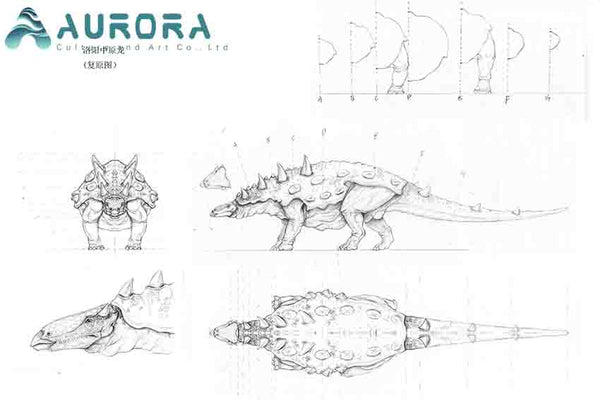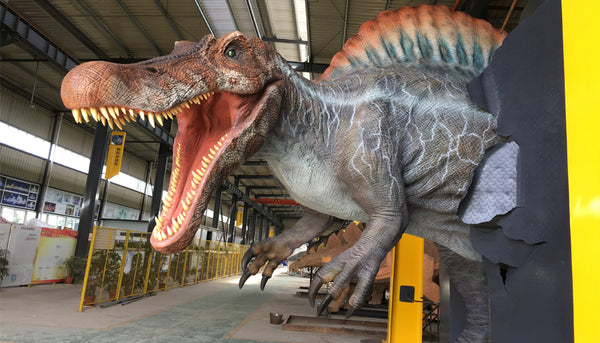
Crafting a Good Dinosaur Design
Designing a dinosaur may seem like a daunting task, but with the right approach, you can create a captivating and realistic creature. Whether you are working on a movie, video game, or educational project, crafting a good dinosaur design requires careful attention to detail and a deep understanding of these ancient creatures. In this blog post, we will explore the key elements to consider when designing a dinosaur and provide you with expert tips to bring your creation to life.
What are the essential features of a dinosaur design?
When crafting a dinosaur design, it is crucial to incorporate the essential features that define these prehistoric creatures. These features include:
- Anatomical Accuracy: Pay close attention to the dinosaur's skeletal structure, proportions, and posture. Consult paleontological references and scientific research to ensure accuracy.
- Skin Texture: Consider the type of skin texture that suits the dinosaur species. Some dinosaurs had scales, while others had feathers or a combination of both.
- Coloration: Research the environment in which the dinosaur lived to determine appropriate coloration. Camouflage and vibrant patterns can add depth and realism to your design.
- Distinctive Features: Identify unique characteristics of the dinosaur species, such as horns, crests, or frills, and incorporate them into your design.
How can you make your dinosaur design stand out?
While accuracy is important, adding a touch of creativity can make your dinosaur design truly memorable. Here are some tips to make your creation stand out:
- Personality: Infuse your dinosaur with personality by considering its behavior, expressions, and body language. This will make it more relatable and engaging for your audience.
- Environmental Adaptations: Think about how the dinosaur would adapt to its environment. Would it have specialized features for hunting, defense, or survival?
- Size Variation: Experiment with size variations within the species. This can add visual interest and showcase the diversity of these ancient creatures.
- Artistic Style: Explore different artistic styles to give your dinosaur design a unique look. Whether it's a realistic approach or a more stylized interpretation, let your creativity shine.
What tools and techniques can assist in dinosaur design?
Designing a dinosaur involves a combination of traditional and digital tools. Here are some popular tools and techniques used by professionals:
- Sketching: Start with rough sketches to explore different ideas and compositions. This allows you to iterate quickly and refine your design.
- 3D Modeling: Use specialized software to create a digital 3D model of your dinosaur design. This enables you to view it from different angles and make adjustments easily.
- Texturing: Apply textures and colors to your 3D model to bring it to life. Pay attention to details such as scales, feathers, or skin patterns.
- Rendering: Use rendering software to create realistic images or animations of your dinosaur design. Experiment with lighting and shading to enhance the overall presentation.
Remember, crafting a good dinosaur design requires a balance between scientific accuracy and artistic creativity. By following these guidelines and leveraging the right tools, you can create a visually stunning and scientifically informed dinosaur that will captivate audiences of all ages.
